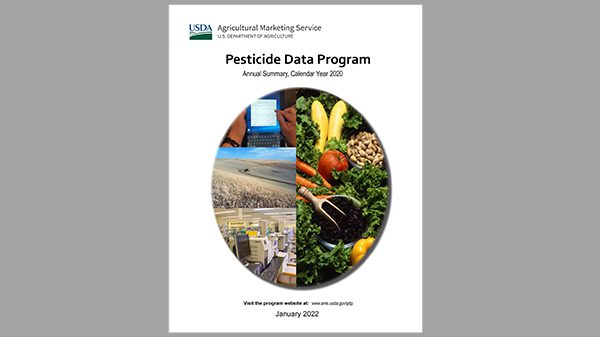From the Alliance for Food and Farming, Jan. 19, 2022
Today, the U.S. Department of Agriculture’s Pesticide Data Program released its 2020 sampling results.
More than 99% of the fruits and vegetables and fruit juices tested for residues were well below rigorous safety standards established by the Environmental Protection Agency (EPA), if residues were present at all.
Among the USDA findings: “This Annual Summary report shows that when pesticide residues are found on foods, they are nearly always at levels below the tolerance (safety level) that is set by the EPA. The PDP provides high-quality, nationally representative pesticide residue data that contribute to the information available to help ensure consumer confidence in the foods they provide to their families.”
For 30 years, the USDA’s PDP has sampled foods to measure residues to ensure their safety. According to USDA, this program represents one of the largest sources of food pesticide residue data available.
The PDP tests a wide variety of domestic and imported foods, with a strong focus on foods that are consumed by infants and children. EPA relies on PDP data to conduct dietary risk assessments and to review the maximum amount of a pesticide allowed to remain in or on a food.
In addition to underscoring the safety of fruits and vegetables, these results show the exceptional level of compliance among farmers with the stringent laws and regulations governing the use of pesticides on organic and conventional farms.
The PDP report should reassure consumers that they can enjoy their favorite fruits and vegetables and purchase whatever forms are most accessible and affordable for themselves and their families.
Health and nutrition experts agree a produce-rich diet prevents diseases, improves immune function and increases lifespan so the right choice is to always eat more.
Don’t let anyone or any group discourage your consumption of these safe and wholesome foods by promoting unwarranted and unsubstantiated safety fears.



